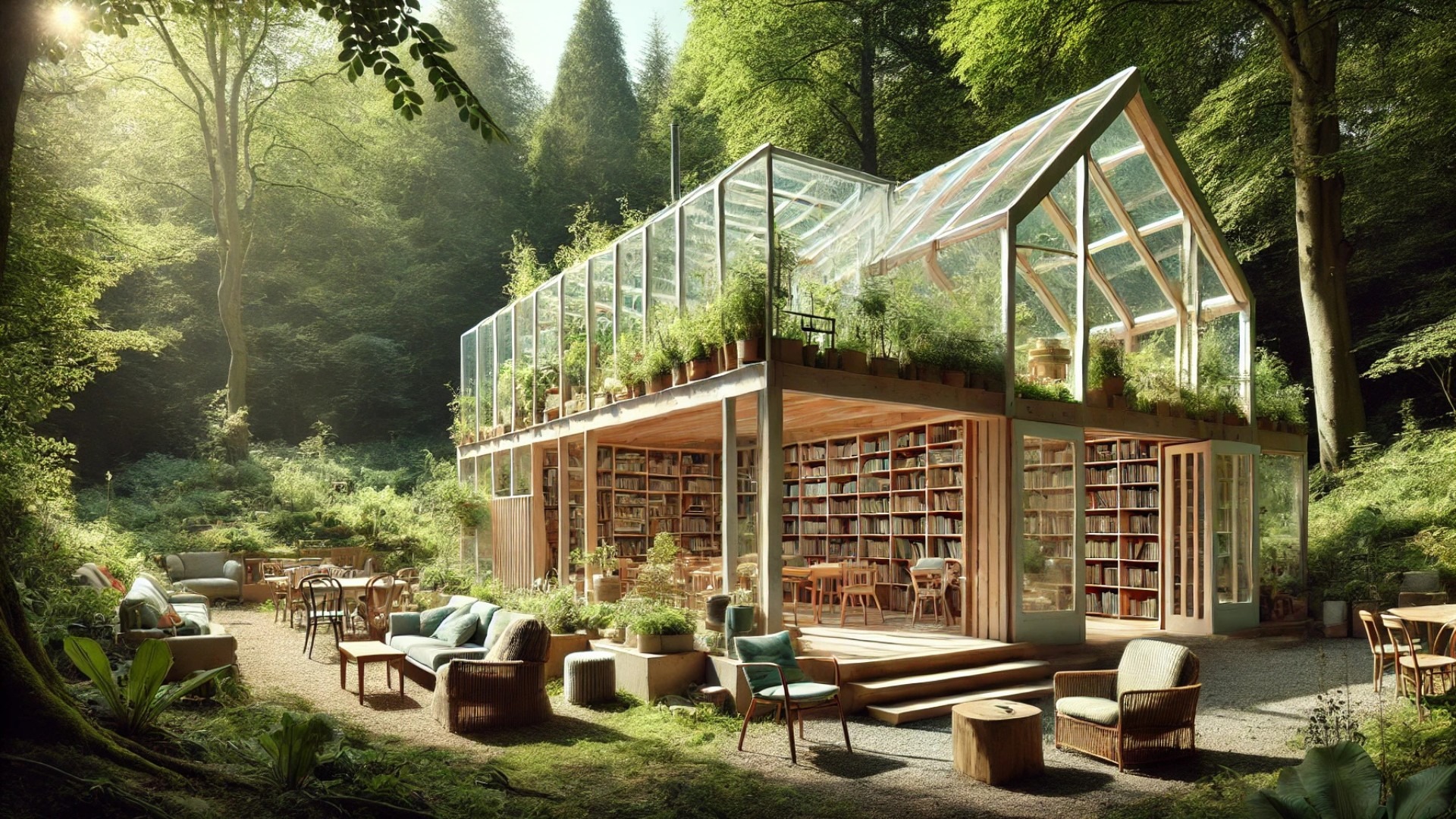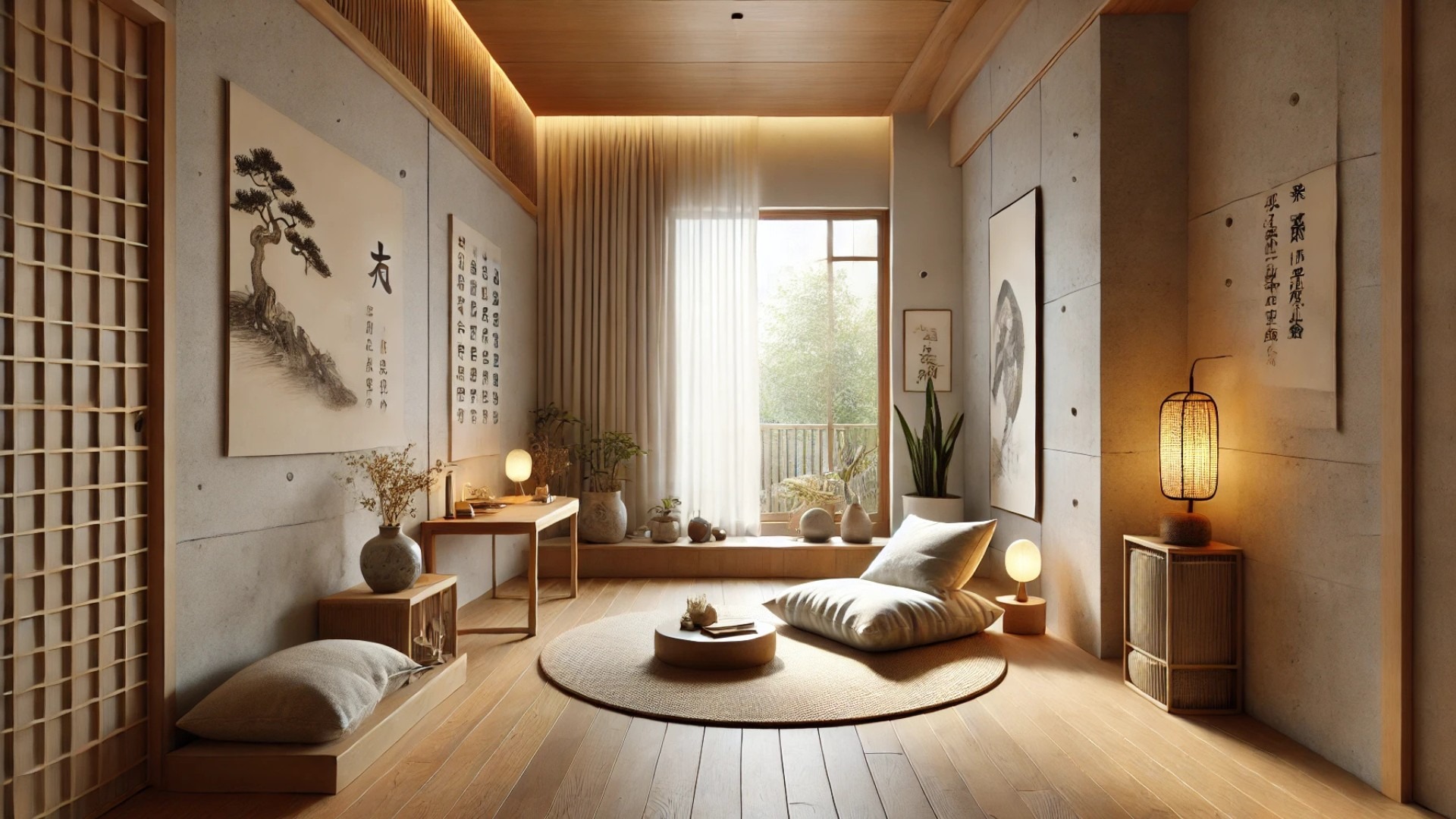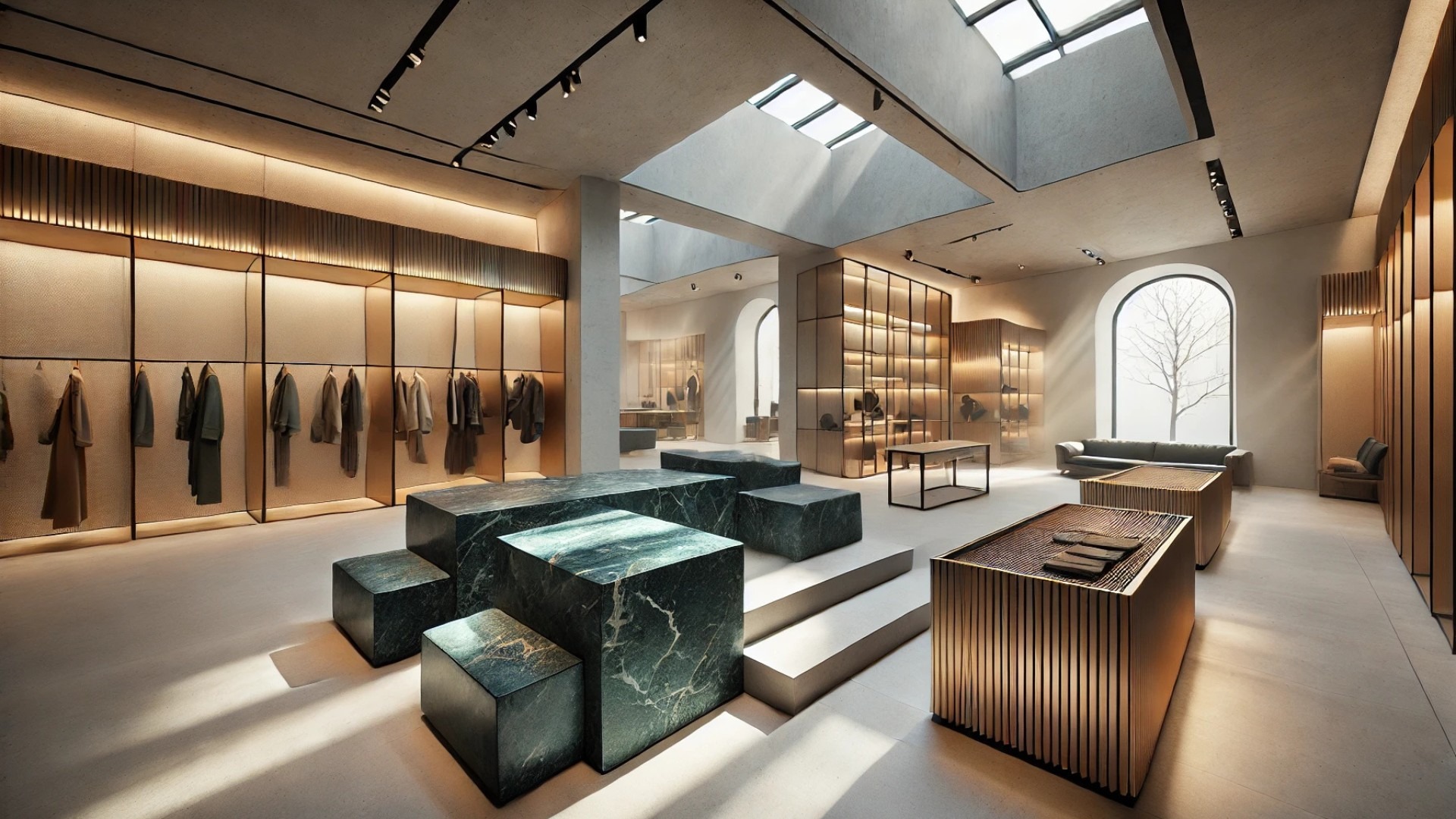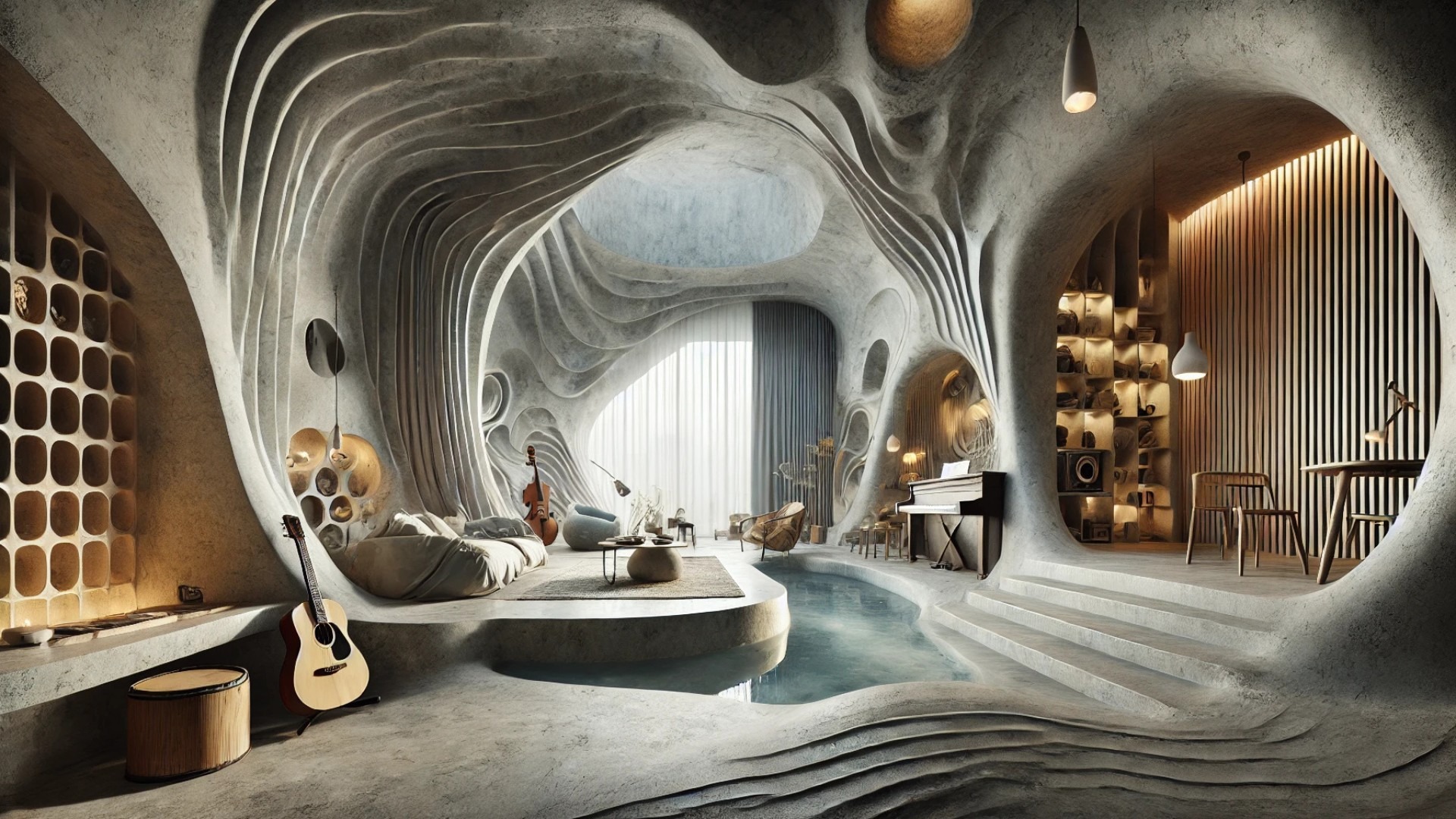
Discover the Low-Tech Charm of Salvaged Materials
In the lush embrace of the Fredriksoord arboretum, a remarkable transformation is taking place. Studio-Method has opened its imaginative hub for art and ecology, brilliantly named the Reading Room in the Forest. Built predominantly from salvaged materials, this low-tech pavilion is a stunning celebration of sustainability and creativity intertwined.
Emphasizing a Rich Historical Context
The site itself has roots stretching back to the 18th century, serving as an experiment in social housing aimed at alleviating urban poverty. While these original efforts were intended as utopian solutions, they became decidedly rigid. In light of this history, the architects sought to echo the ingenuity of early settlers who crafted homes from available resources. They highlight a spirit of improvisation and resourcefulness that is necessary for architectural evolution today.
A Design Methodology Like No Other
At the heart of Studio-Method's visionary project lies a unique methodology dubbed "contingent design." This approach champions the idea that a structure should respond dynamically to its surroundings, mainly using materials that are readily available and adapting them through manual processes. As visitors stroll through this serene space, they encounter a structure that not only looks beautiful but also works in harmony with the very environment it inhabits.
The Innovative Use of Salvaged Materials
The Reading Room exemplifies a radical reuse philosophy, demonstrating that luxury and sustainability can indeed coexist. With an impressive 98% of construction materials salvaged, the pavilion includes local farm fleece, reclaimed wool, recycled concrete, and even old greenhouse panels. The innovation doesn’t stop at sourcing; these materials were painstakingly restored on-site, emphasizing maintenance, repair, and care as core design principles.
Architectural Autonomy and Environmental Impact
Studio-Method’s pavilion does not just serve as a physical space; it represents a new voice in the architecture narrative, focusing on autonomy and ethical material sourcing. With a MPG score of 0.16, considerably beneath the Dutch legal threshold, this pavilion sequesters nearly 7 tonnes of CO₂ – a powerful statement in our era of climate awareness.
A Timeless Conversation Starter
As we navigate through a world grappling with sustainability challenges, the Reading Room evokes a sense of timeless elegance and functional artistry. Every corner, from its repurposed window frames to its inviting terraces, tells a story of its origins and aspirations. This pavilion inspires us to think differently about the materials we discard and the legacies we create.
Join the Sustainable Design Movement
The Reading Room in the Forest is more than just an architectural project; it’s a call to embrace creativity alongside ecological responsibility. As we move forward, consider how you can incorporate sustainable practices into your own spaces. The urgent need for climate-conscious living should compel us to rethink our relationship with the materials around us.
 Add Row
Add Row  Add
Add 




Write A Comment